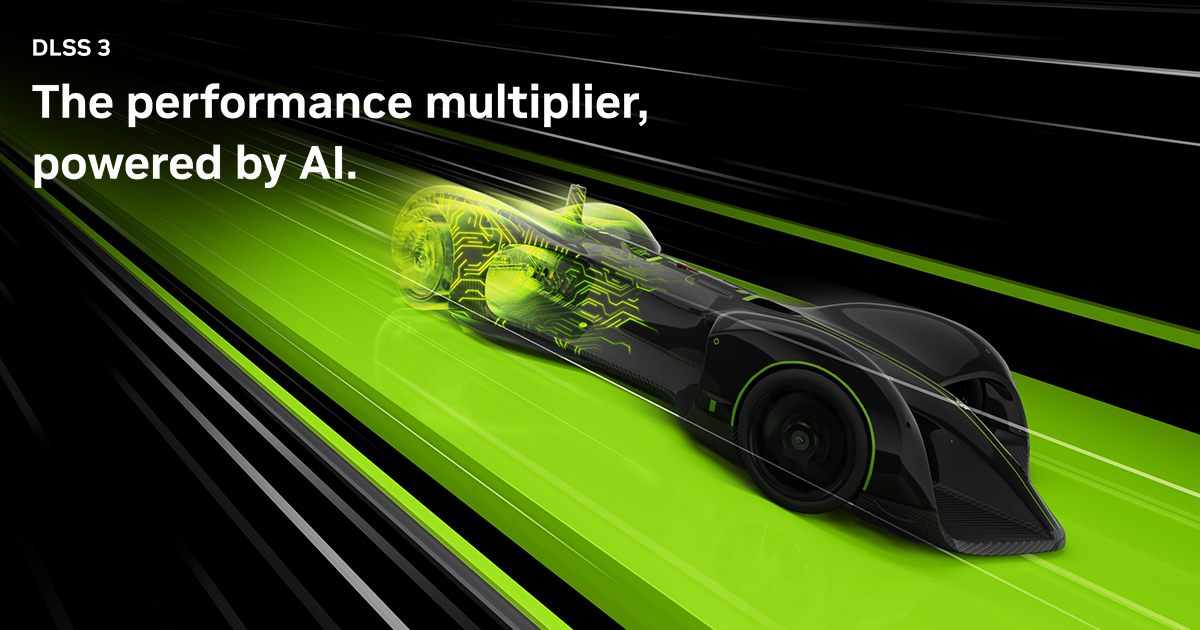If it was the case, you would see flickering, which I have not seen in any of the DLSS 3 videos.
And why would that be the case at all?
Typical video artefacts usually happen when some movement directions were predicted erroneously. This results into some macroblocking when blocks of pixels end up in wrong areas.
Given that the frame generator network works with just 2 neighbor frames, the artifacts can't stuck for more than 1 frame, so the artifacts will appear and dissapear for a very short periods of time and only in certain frames.
The point is you have to search for such artifacts by rewinding videos back and forth and specifically looking for corruptions in stop frames, which is not how people actually play games.
That's the main difference with temporal accumulation where once some ghosting happen it tends to stuck for many frames due to recursive nature of adding pixels into the history buffer.

